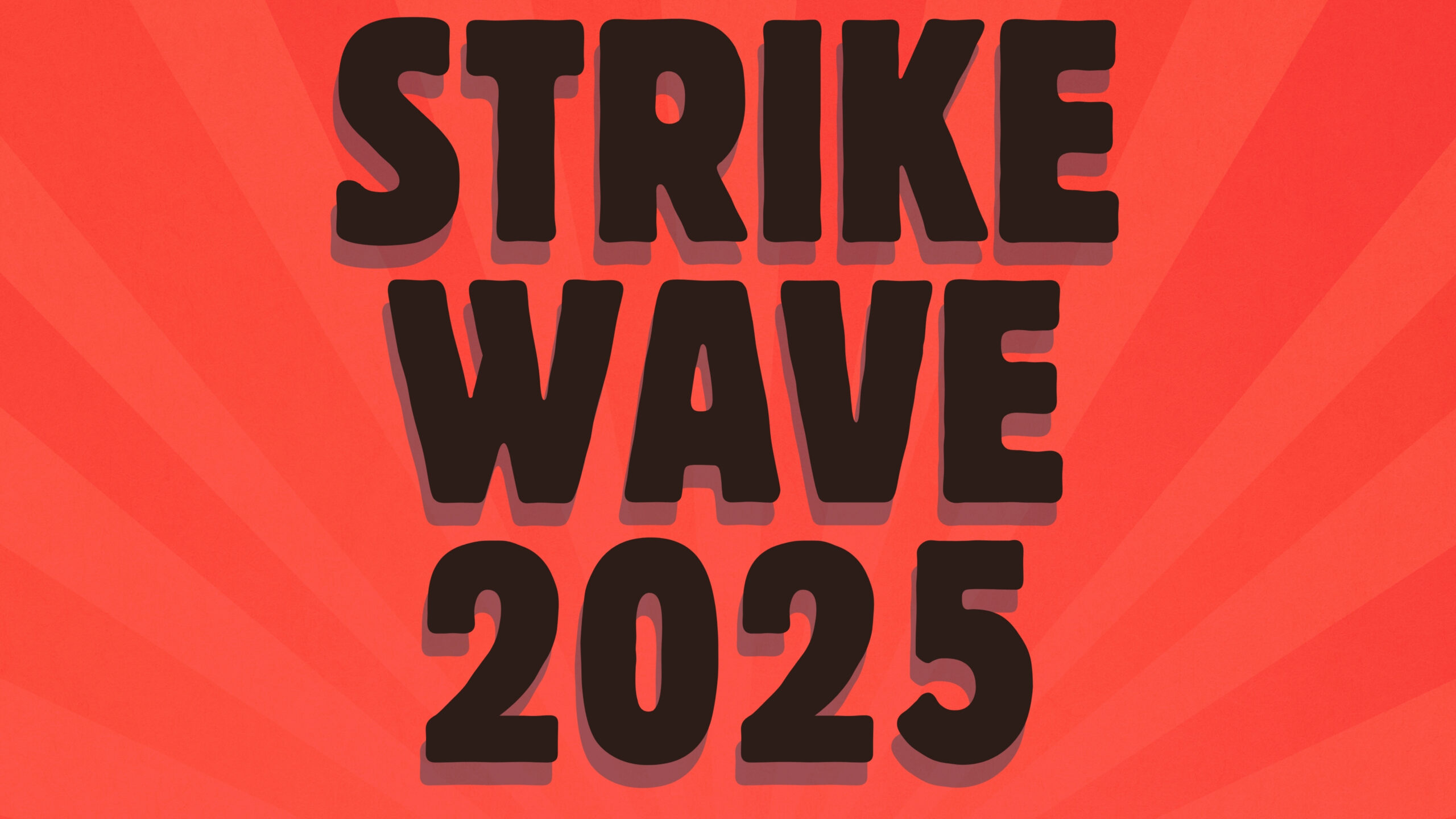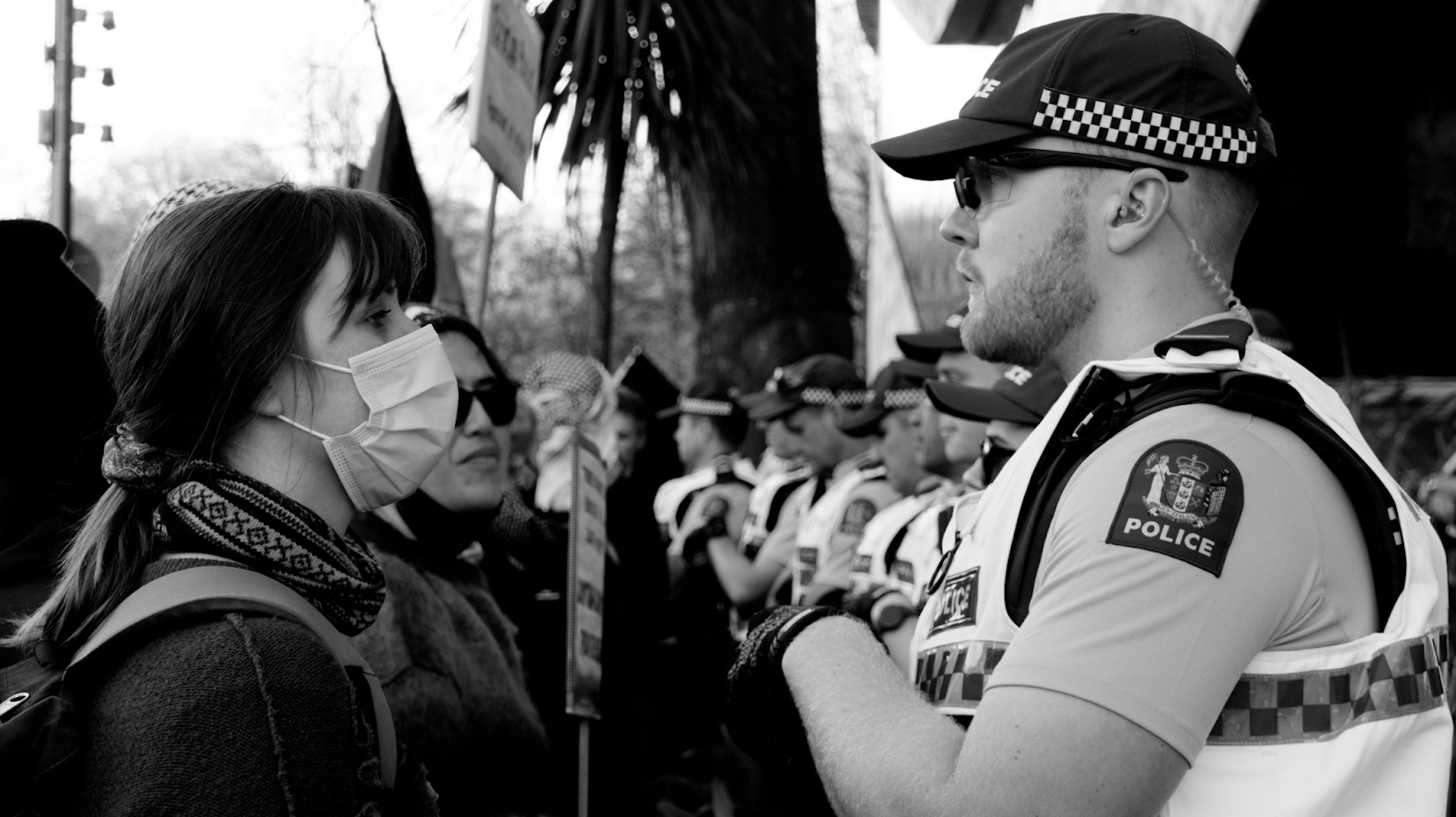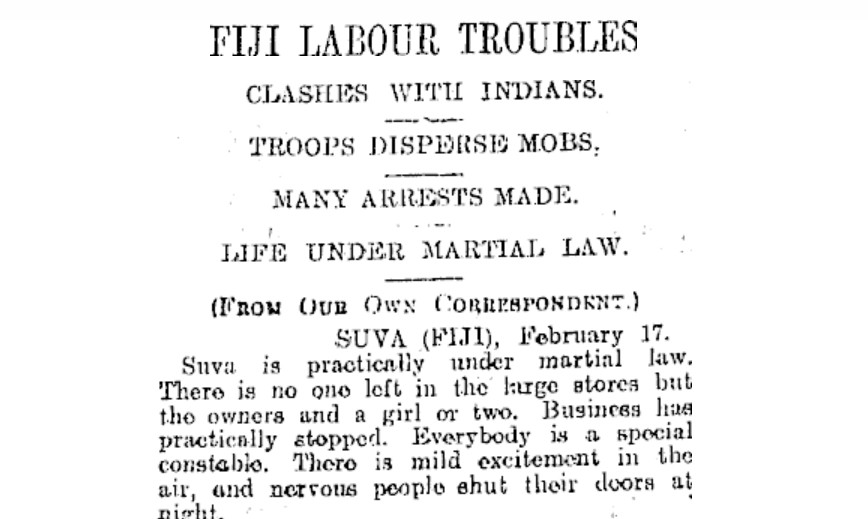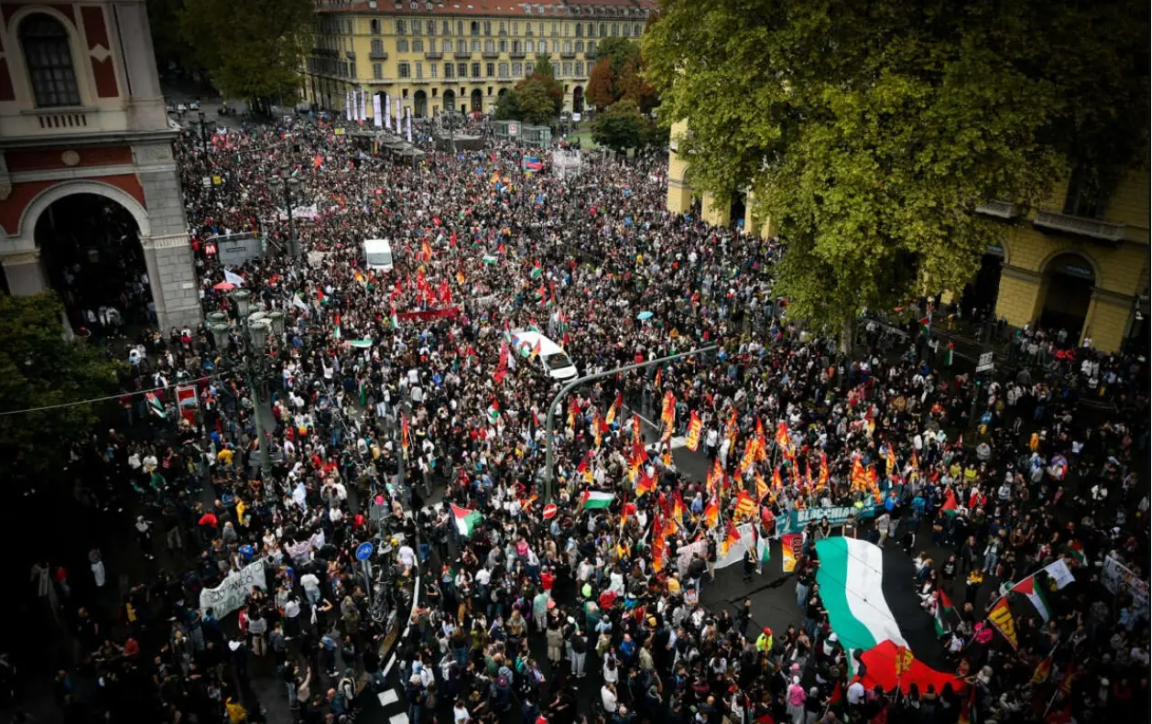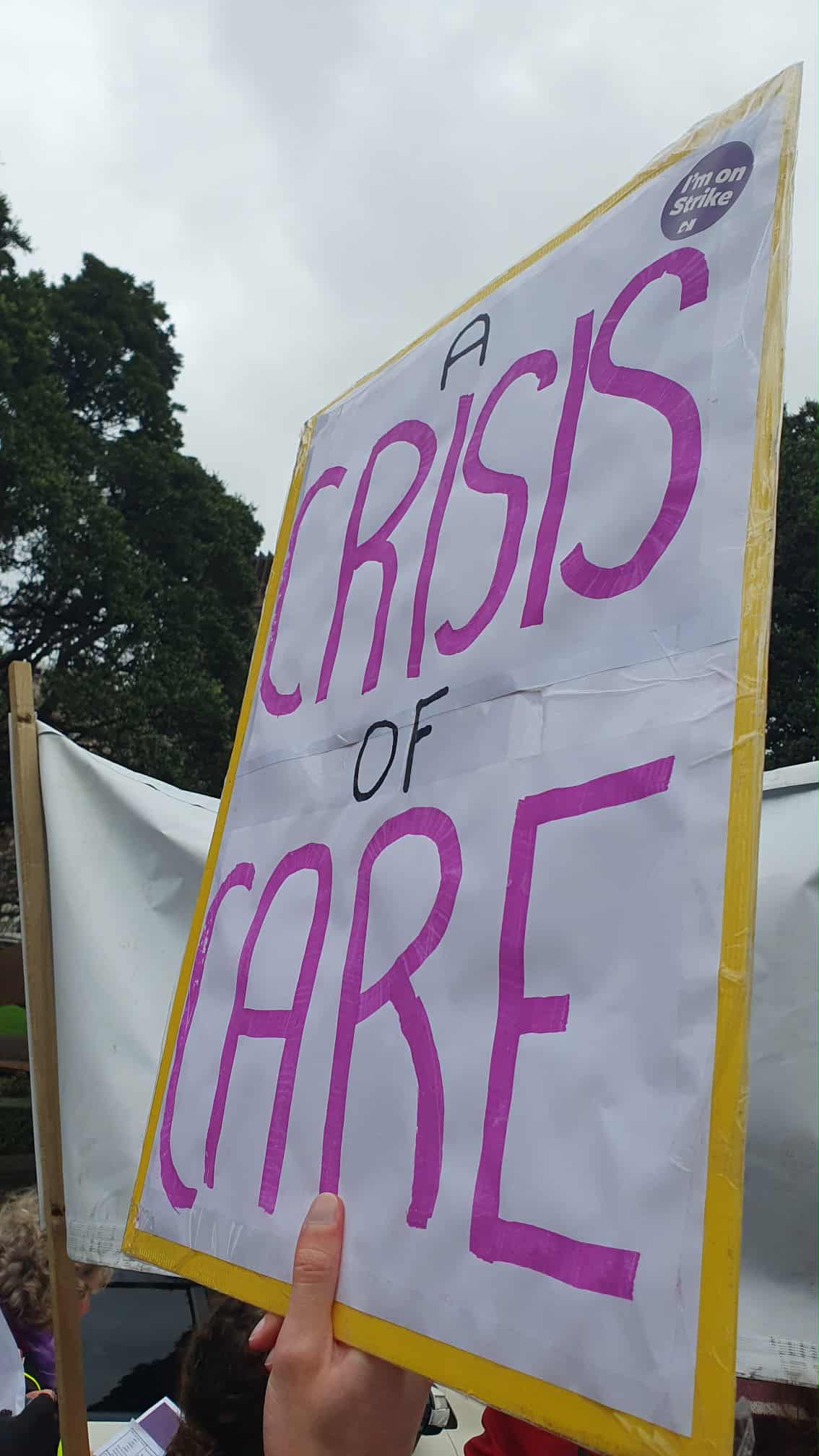Over the past 50 years, few countries have experienced such a dramatic economic rise as South Korea. A country once known for sweatshops and cheap manufactured goods; now produces some of the world’s most advanced ships, cars and electronics. An important part of this process was the state-led export of Korean labour. From 1975-85 over one million young Koreans moved to the Middle-East in search of construction jobs and money to remit home. However, as Korean capitalism has grown and workers have fought for higher wages, this process has reversed as small and medium sized enterprises (SMEs) have sought to fill labour shortages with over 500,000 foreign migrant workers. Concentrated in so-called 3D jobs (dirty, dangerous and demeaning), these new migrants have become one of the most marginalised groups in this society, facing constant discrimination, abuse and mistreatment.
But migrants have not taken this lying down, and have instead done something unique. Over the past 10 years they have fought to create a recognized trade union that is militant, is led by migrants themselves and defends the rights of all migrant workers, including those who are undocumented. And on June 25th of this year, in the longest outstanding case in the Korean Supreme Court’s history, the court ruled in the unions favour, stating that all employees, regardless of nationality or the legal status of their residency, have the right to form a union. However, this was not the end of the process for the Korean Migrants’ Trade Union (MTU), for within a month, their application for legal recognition was denied by the Korean Ministry of Labour, and thus on July 27th the MTU began a sit-in protest outside the ministry’s offices in downtown Seoul.
Labour importation to Korea dates from 1987, the year of the Great Labour Struggle, when Korean citizens and unions brought down the country’s last military dictator. This period saw very low unemployment and dramatic union victories, with wages increasing annually by 16.6% across the board, and almost 19% in the manufacturing sector. In this situation SMEs began pleading for help from the state, in the form of migrant labourers, to fill jobs that failed to attract local workers.
Initially Korean labour importation was based on a ‘wink and nod’ system. In this period the Korean government essentially let migrants come to Korea on tourist visas to be employed by SMEs, an interesting point to remember given the same states current persecution of undocumented workers. The state’s reluctance to openly endorse foreign labour importation came from trade union opposition and the sensitive issue of immigration in a country that is almost 96% ethnically Korean.
In 1991, under increasing pressure from SMEs, the Korean government introduced the Industrial Trainee System (ITS). This was based on a similar Japanese model, with the important caveat that foreign “trainees” would not be entitled to the three basic rights of Korean labour law: unionisation, collective bargaining, and collective action. Trainees were also paid at a far lower wage rate, and were limited to one year stays.
The third and most recent step in this process was the adoption of the Employment Permit System (EPS) in 2004. Under the EPS migrants are divided between non-ethnic Koreans, from 15 Central and South-East Asian states that have agreements with South Korea, and ethnic Koreans, from China and the former USSR. These migrants are restricted to working in five particular industries and are allowed a maximum stay of four years, ten months (two months short of that required to apply for citizenship). Most importantly under the EPS the employer sponsors and therefore controls the migrant’s visa. While technically migrants can change employers, this is difficult and requires the approval of the employer. This situation places all power in the hands of the employer and is one of the primary reasons for widespread instances of verbal and physical abuse in the workplace, unsafe working conditions, unpaid wages and long working hours. Migrants have little choice. These abuses have been documented by numerous Korean NGOs, along with several large Amnesty International reports. Even this week at the sit-in protest, we were joined by a man who was just the day before told to pack up and go back to Bangladesh, after he reported a work-related back-injury to his boss.
It was instances like this which started the fight for migrant rights in Korea. The first major fight by migrant workers began in January 1994, when 11 undocumented workers from Nepal and Bangladesh, who had suffered from an industrial accident, started a successful 29-day sit-in protest demanding overdue wages and accident compensation insurance. At this time, under the ITS, undocumented workers accounted for around 60% of all migrant workers, a figure which has since dropped to around 10%. Over the subsequent decade migrants have launched around ten major sit-in protests or strikes, the longest being the 380 day sit-in protest begun in 2003 at Seoul’s Myung-Dong Cathedral (an important landmark for Korea’s democracy movement). This protest by over 100 undocumented workers against a government crackdown, led to the radicalization of migrants and the eventual formation of the MTU in April 2005. Up to this point the migrants’ movement had largely been led by Korean NGOs and Christian groups, who advocated less radical goals. Also, the 2003 sit-in saw the active involvement of the Korean Confederation of Trade Unions (KCTU), who dispatched officials and strike funds to support the sit-in, and mobilized members to support the rally. The KCTU is the most progressive of the Korean union confederations and represents a large part of the legacy of 1987 and Korea’s democratisation movement.
The response of the state to these protests has been acquiescence to certain changes to the EPS, but a refusal to replace it with a Labour Permit System where workers, rather than bosses, would control their own work-visas. The MTU has had to survive a ruthless campaign by the government, which has not only blocked its legal recognition for over a decade, but has used the undocumented status of many of the union’s members to target and deport important activists. Three MTU presidents have been arrested and deported for this reason. A fourth president left Korea after having her work permit cancelled, something many documented workers fear will happen if they get involved in the union. This has all led to a dearth of activists and leaders and a greater dependence on the KCTU. Therefore the recent Supreme Court decision is important not only for the legal recognition of the union, but that the rights and protections the union gains will help to attract new members and activists.
And on August 20th, the Korean Ministry of Labour capitulated to the MTU and granted the union its legal registration, 10 years and 4 months after its founding. The 25 days of sit-in protest, where members stayed day and night in plus 30 temperatures and frequent monsoon downpours, was crucially supported by numerous Korean NGOs, solidarity groups, and trade unionists. The MTU’s victory is an inspiring example for migrant communities and unions here and abroad, and proves the enduring importance of solidarity, militancy and unionisation.


